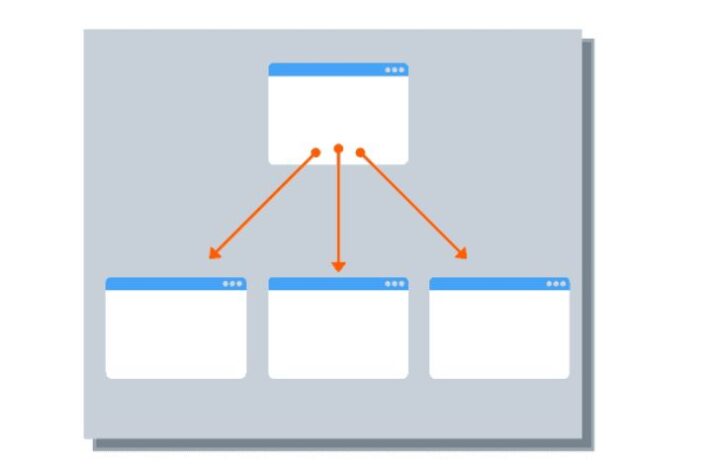Imagine your website is a map, and your pages are destinations. Just like you would connect different locations on a map to help people navigate, you should connect different pages on your website to help users and search engines find their way around. By creating a network of pathways between your pages, you can improve your website’s search engine visibility, user experience, and overall performance. So, grab your compass and start linking those pages together for a successful SEO journey!
What Are Internal Links?
Internal links are links that connect one page of a website to another page on the same website. They help users navigate a website by providing clickable links to related content. Internal links also help search engines understand the structure of a website and the relationships between pages. By using descriptive and relevant anchor text for internal links, you can improve your website’s search engine ranking and visibility.
Why Are Internal Links Important for SEO?
Internal links are important for SEO as they help search engines better understand the structure and hierarchy of your website. By linking relevant pages together, you create a network of interconnected content that helps search engines crawl and index your website more effectively. This can lead to higher search engine rankings, increased website traffic, and improved user experience.
Additionally, internal links can help distribute link equity across your website, which can improve the ranking potential of all pages on your site. In short, internal links are an essential component of SEO that can help improve your website’s visibility and performance.
Best Practices of Internal Linking to Boost SEO
1. Create a Site Hierarchy
Creating a site hierarchy involves organizing the content on your website into a clear and logical structure. By creating a site hierarchy, you can ensure that each page on your site has a clear purpose and place within the broader context of your website. This makes it easier to identify which pages should be linked together and can help boost the overall SEO of your website.
2. Use Descriptive Anchor Text
Using descriptive anchor text means using relevant and specific text to create internal links to other pages on your website. This helps search engines and visitors understand what content they can expect to find on the linked page. Instead of using generic terms like “click here” or “read more,” use anchor text that accurately describes the content on the linked page.
3. Link to Relevant, High-Quality Content
Linking to relevant, high-quality content means linking to pages on your website that are closely related to the content on the page where the link is placed. This helps to establish a clear site hierarchy and allows visitors to navigate between pages easily. Additionally, linking to high-quality content can improve the perceived quality of your website by providing visitors with valuable information and resources.
4. Utilize Contextual Links
Contextual links are links that are embedded within the body of the text on a page, rather than placed in a separate navigation menu or sidebar. These types of links are often more effective for SEO because they are typically surrounded by relevant content and are therefore more likely to be clicked on by visitors.
Additionally, contextual links can help to improve the overall user experience of your website by providing additional information or resources that are directly related to the content on the page.
5. Link to Important Pages from the Homepage
Ensure that the pages on your website that are most relevant and valuable to your visitors are easily accessible from the homepage. This helps to establish a clear site hierarchy and ensures that visitors can easily find the information they are looking for.
Additionally, linking to important pages from the homepage can help to improve the overall SEO of your website by directing search engine crawlers to the most important and relevant pages on your site.
6. Use Sitemaps and Breadcrumbs
This can help to improve the navigation of your website and provide additional context to visitors and search engines. Sitemaps provide a hierarchical view of the structure of your website and allow visitors to quickly locate specific pages or sections.
Breadcrumbs, on the other hand, show the location of the current page within the overall hierarchy of the site. By using sitemaps and breadcrumbs, you can improve the user experience of your site, which can lead to increased engagement and improved search engine rankings.
7. Monitor and Update Internal Links
Monitoring and updating internal links is an important best practice for boosting SEO because it ensures that the internal links on your website are functioning properly and leading to relevant and up-to-date content. By keeping your internal links updated and functioning properly, you can improve the user experience on your website and increase your website’s search engine ranking.
Conclusion
With the increasingg importance of online presence, it is essential for businesses to partner with a reliable and experienced digital marketing agency that can provide customized solutions tailored to their specific needs and goals. By staying up-to-date with the latest trends and technologies, we at 1702 Digital, can help businesses stay ahead of the competition and achieve long-term success in the digital landscape.

